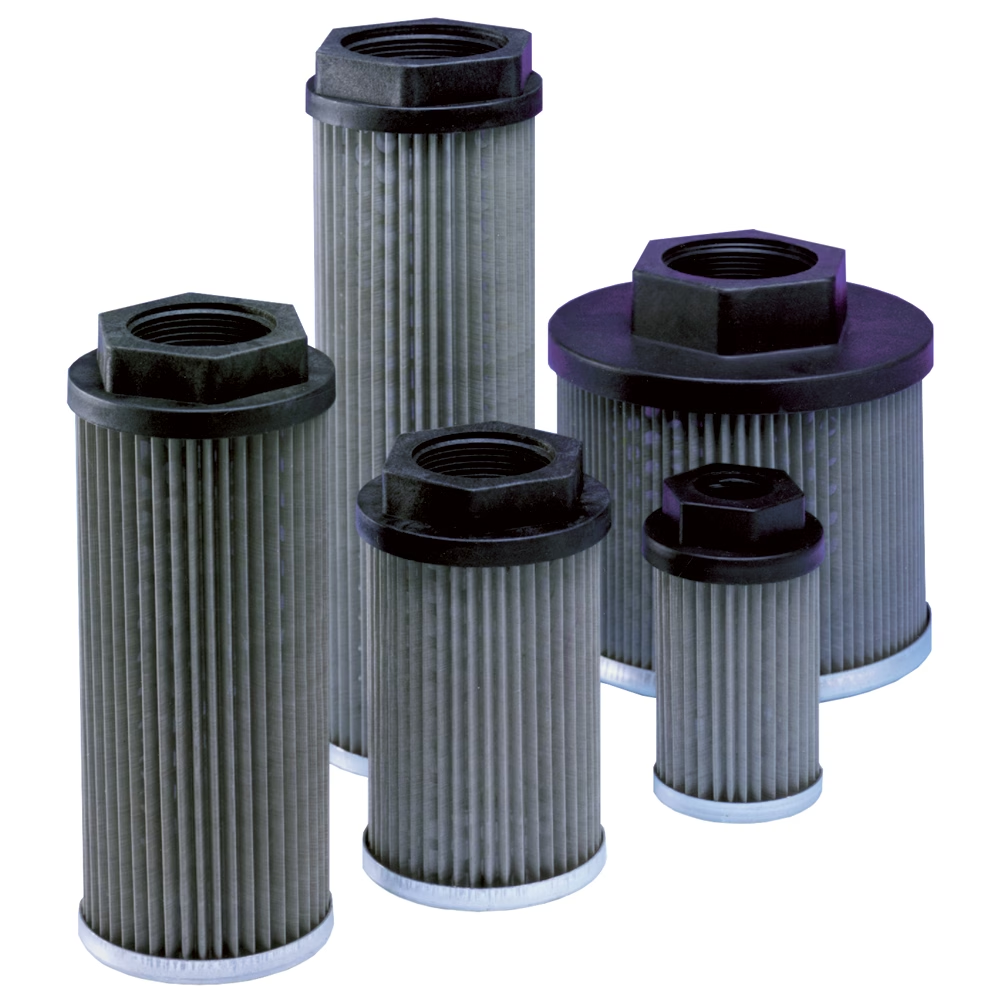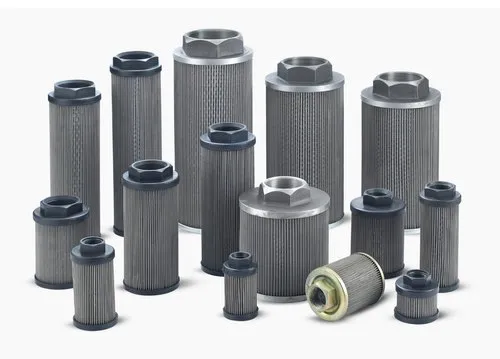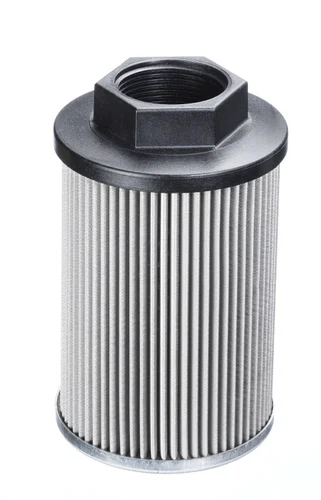Contact : +91-79045 61980 | Email: hydrofitengineers@gmail.com



Hydraulic systems are pivotal in a wide range of industries, including construction, manufacturing, aerospace, and agriculture. The efficiency and longevity of these systems heavily depend on maintaining the cleanliness of the hydraulic fluid. One of the first lines of defense against contamination is the hydraulic suction strainer.
What are Hydraulic Suction Strainers ?
Hydraulic suction strainers, also known as suction filters, are crucial components placed at the inlet of hydraulic pumps. They are designed to remove large particles and contaminants from the hydraulic fluid before it enters the pump, thus protecting the pump and downstream components from damage and wear.
Importance of Hydraulic Suction Strainers
Protection of Hydraulic Pumps: Suction strainers prevent large contaminants from entering the hydraulic pump. This is essential because pumps are often the most expensive and critical components in a hydraulic system.
Prevention of Cavitation: Cavitation occurs when air bubbles form in the hydraulic fluid, causing significant damage to the pump. Suction strainers help ensure a smooth and uninterrupted flow of fluid, reducing the risk of cavitation.
System Efficiency: Clean hydraulic fluid enhances the overall efficiency of the hydraulic system by reducing wear and tear on all components, leading to more reliable and consistent operation.
Design and Construction of Hydraulic Suction Strainers
Hydraulic suction strainers come in various designs, but they generally consist of the following components:
Mesh Screen or Wire Mesh Element: The primary filtering component, typically made from stainless steel or other corrosion-resistant materials. The mesh size determines the level of filtration, with common ratings ranging from 100 to 250 microns.
Strainer Housing: Encloses the mesh element and provides the necessary structural support. The housing is usually made from metal or durable plastic to withstand the hydraulic fluid’s pressure and temperature.
End Caps and Gaskets: Secure the mesh element within the housing and ensure a tight seal to prevent unfiltered fluid from bypassing the strainer.
Bypass Valve (optional): Some suction strainers are equipped with a bypass valve to allow fluid flow if the strainer becomes clogged. This prevents pump starvation and potential cavitation but should be used as a temporary measure until the strainer can be cleaned or replaced.
Working Principle of Hydraulic Suction Strainers
The working principle of hydraulic suction strainers is relatively straightforward:
- Fluid Entry: Hydraulic fluid enters the strainer through the inlet port.
- Filtration: As the fluid passes through the mesh element, large particles and contaminants are trapped on the surface or within the mesh.
- Clean Fluid Output: The filtered fluid exits the strainer through the outlet port and continues into the hydraulic pump and the rest of the system.
- Contaminant Accumulation: Over time, contaminants accumulate on the mesh element, necessitating regular inspection and maintenance to ensure optimal performance.
Applications of Hydraulic Suction Strainers
Hydraulic suction strainers are used in a variety of applications, including:
- Mobile Hydraulic Equipment: Construction machinery such as excavators, loaders, and bulldozers.
- Industrial Machinery: Manufacturing equipment like presses, injection molding machines, and machine tools.
- Agricultural Machinery: Tractors, combines, and other farming equipment.
- Aerospace Systems: Hydraulic systems in aircraft for landing gear, flight controls, and other critical functions.
- Marine Applications: Hydraulic systems in ships and offshore platforms.
Maintenance of Hydraulic Suction Strainers
Regular maintenance of hydraulic suction strainers is essential to ensure their effectiveness and the overall health of the hydraulic system. Here are some maintenance tips:
Regular Inspection: Periodically inspect the strainer for signs of clogging, damage, or wear. This can be done during routine system checks or when system performance issues arise.
Cleaning: If the strainer is reusable, clean it by removing it from the system and using a suitable cleaning solution to remove trapped contaminants. Ensure the strainer is completely dry before reinstalling.
Replacement: Replace the strainer if it shows signs of damage, corrosion, or if cleaning is not possible. Follow the manufacturer’s recommendations for replacement intervals.
Monitor Fluid Quality: Regularly check the hydraulic fluid for contamination levels. High contamination levels may indicate a need for more frequent strainer maintenance or other filtration improvements.
Check Bypass Valve: If equipped with a bypass valve, ensure it is functioning correctly and inspect it for signs of wear or damage.
Hydraulic suction strainers play a crucial role in protecting hydraulic systems from contamination, ensuring the longevity and efficiency of pumps and other components. By understanding their design, working principle, and maintenance requirements, operators can effectively incorporate suction strainers into their hydraulic systems, leading to improved performance and reduced downtime. Regular maintenance and timely replacement of these strainers are essential practices for maintaining the overall health of hydraulic systems across various industries.
Hyseco Hydraulic Accessories
Hydraulic Return Line Filter
Hydraulic Pressure Line Filter
Flexible Drive Coupling
Hydraulic Filler Breather
